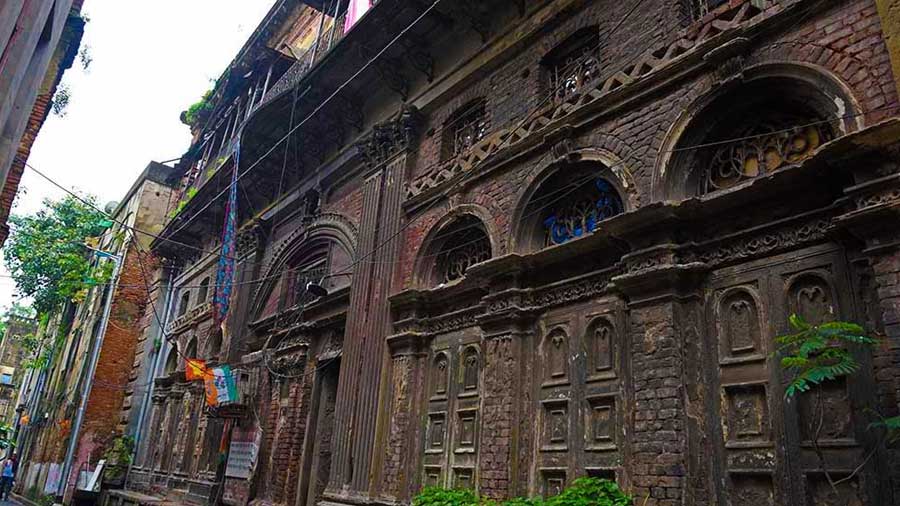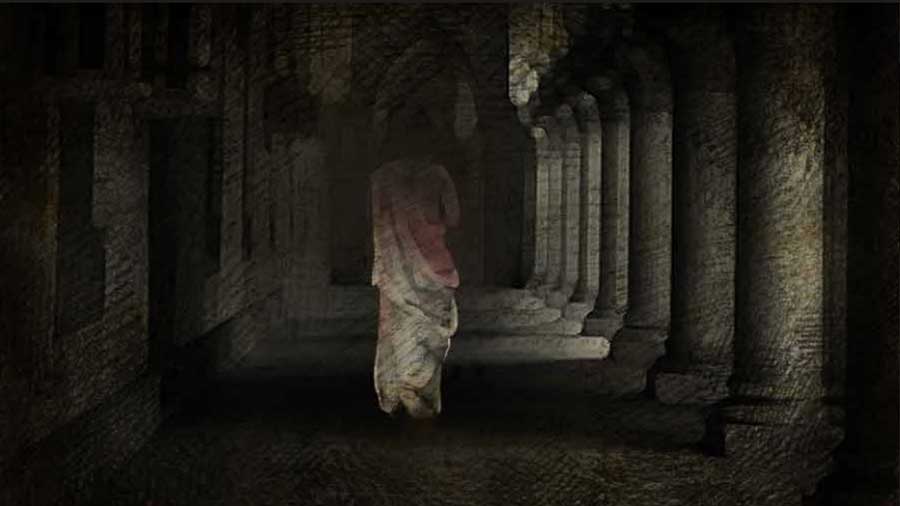Shh! There it comes!
Out of the darkness it emerges, when the city has gone to sleep. When no leaves stir on branches, and a spectral moonbeam slants across the pavement.
Clip-clop. Clip-clop. Clip-clop.
Can you hear the rattle?
Some have heard the horse carriage draw near in the dead of night, the creak of a wooden door, as if someone was getting off the phantom coach, the sound of a gate opening, then a groan of the hinges as they let the intruder in. Others say they have witnessed something even stranger. A man rummaging through drawers and cupboards, the rustle of papers, of files tossed in the frantic madness of a search. As if his life depended on what he was looking for in the pitch-dark room.
Welcome to Hastings House, one among the many haunted places in this city of memories. Those who claim to have experienced something supernatural in this old colonial-era structure have mostly talked about encountering one British ghost, although some have mentioned that the building is home to more than one spectral presence. What the decades of retelling of such stories have done is that the ghosts have entered the collective subconscious of a city that loves its incorporeal beings.
Hastings House today is an Institute of Education for Women, where training programmes are conducted for aspiring teachers. The building throbs with life through the day — at least it did before the pandemic changed everything — so there’s little scope of a ghostly encounter then, but whispers from the past float in the breeze around the Alipore building where Warren Hastings, the first Governor of the Presidency of Fort William (Bengal), once stayed.

Hastings House today is an Institute of Education for Women, where training programmes are conducted for aspiring teachers TT archives
The name — Warren Hastings — is unavoidable if one studies the history of British rule in India. By the time he left for Britain in 1785, after a stint of nearly a decade and a half as administrator, Hastings had consolidated the hold of the East India Company, taking forward what Robert Clive had done before him. The two are credited with laying the foundation of the British empire in India.

Warren Hastings (above) and Robert Clive are credited with laying the foundation of the British empire in India
Back home, however, Hastings soon found himself embroiled in legal trouble. In 1787, he was accused of corruption and impeached, although he would be eventually acquitted after a long trial. One of the charges against him was the alleged judicial murder of Maharaja Nandakumar, the first Indian to be executed by hanging.
Nandakumar had accused Hastings of accepting or giving bribes. The governor would later hit back, bringing charges of forgery against Nandakumar, who would be tried under Elijah Impey, India’s first chief justice and a long-time friend of Hastings. Nandakumar was found guilty and executed in August 1775.
Black box lost in turmoil of time
Now fast forward to 1785, the year Hastings sets sail for home. Hastings had left with most of his important possessions — except for a black box that apparently contained some key documents, among other belongings. Some say that these documents would have been of great help to Hastings to prove his innocence after he was impeached by the British Parliament.

The impeachment of Warren Hastings
The story goes that when Hastings reached England he could not find the little black box anywhere. He sent an urgent letter to his secretary, but by then almost everything he had left behind had been auctioned off. An advertisement was published in the Calcutta Gazette, but the black box could not be found.
Today, more than two centuries later, ‘ghost hunters’ believe it is the spirit of Hastings that keeps returning again and again; a phantom figure that arrives in a phantom coach and heads straight to what was once the governor-general’s lavish home in search of the black box lost in the turmoil of time.
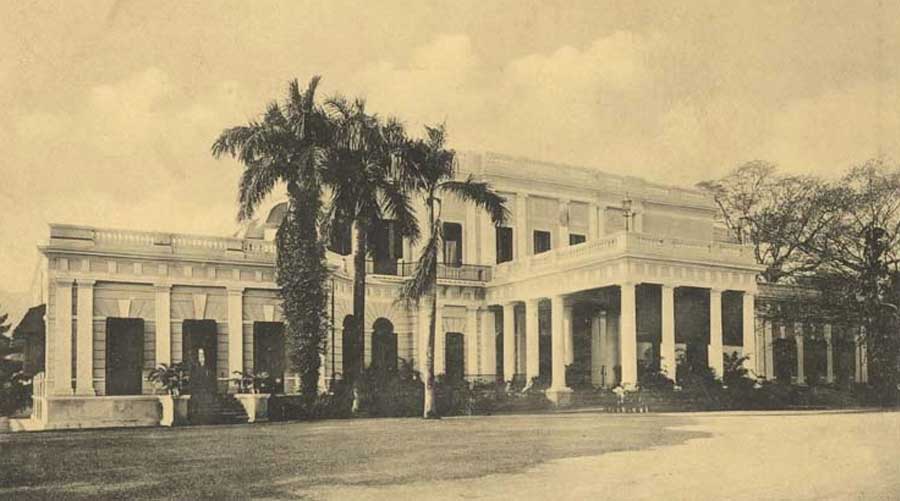
Hastings House, more than a century ago
But a question comes to mind here. What need for the spirit to return when acquittal came during Hastings’s lifetime? True. But for those who believe in the existence of a spirit world, dry logic has seldom stubbed out subconscious torments of the mind. Such torments, they say, live on even after death, either as attachment to one’s past or as a form of endless atonement.
While newspapers and journals have carried stories about Hastings’s ‘ghost’, not many were willing to come on record on whether they had ‘seen’ the spirit. Only one person, Arjun, an employee of a women’s hostel on the institute’s campus, said he had heard the rattle of a carriage at night.
Had he seen Hastings’s ghost?
“No,” said Arjun, who insisted on using only his first name. “But I have heard horses neighing and the sound of the carriage.”
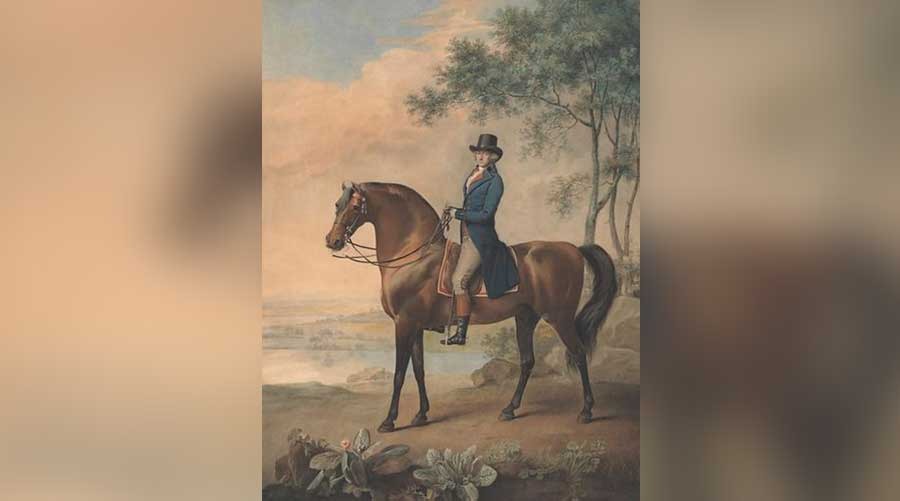
A painting of Hastings on his horse
Ghost with the lamp
The ‘ghost’ of Hastings is not the sole supernatural presence that haunts Hastings House, or so it seems. Some people claim to have ‘seen’ another, a shadowy figure of a British woman who walks around the premises and the gardens. But whose spirit is this?
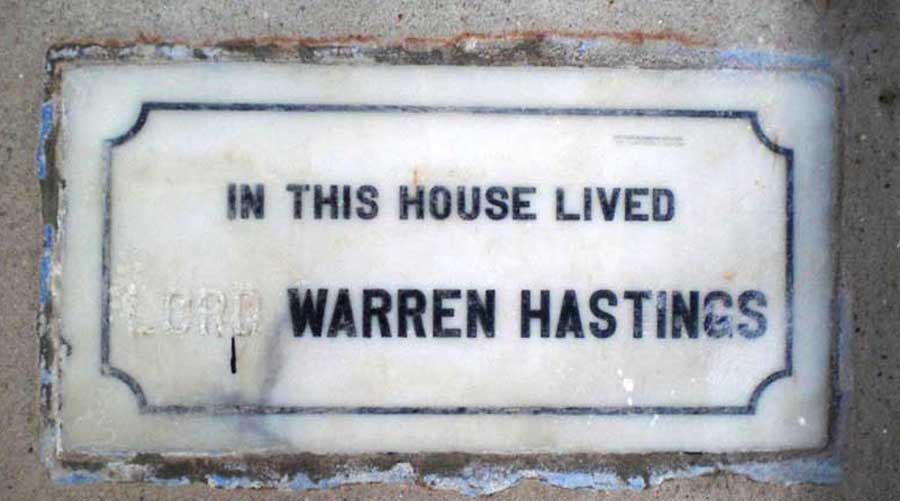
A plaque at Hastings House
Before leaving for England in 1785, Hastings had transferred the ownership of the mansion to Julius, his wife Marian Imhoff’s child from her first marriage. (Hastings was a widower when he met Marian on a voyage.) Julius lived in this building and his family continued to do so for a few more generations. All the family members were buried within the premises of the property. The city’s ghost hunters believe the shadowy figure walking from one tombstone to another with a lamp in her hand is the ghost of Marian. Like the ghost of Hastings, her spirit too returns to the home where the couple once lived in flesh and blood.
So, tarry a while, passersby, or tread softly by this mansion; the air around this house is heavy with history. The world of spirits might be a metaphorical world, but something keeps returning time and again. For those who believe, it’s a slice of time that froze at a point in the past.
Riksundar Banerjee has done a PhD on Ghosts in Literature: Tradition and Evolution. He is the author of The Book Of The Indian Ghosts (Aleph Book Company).

